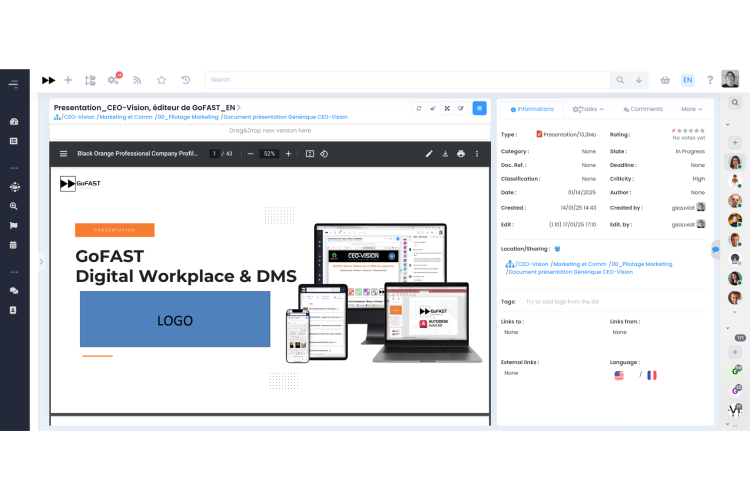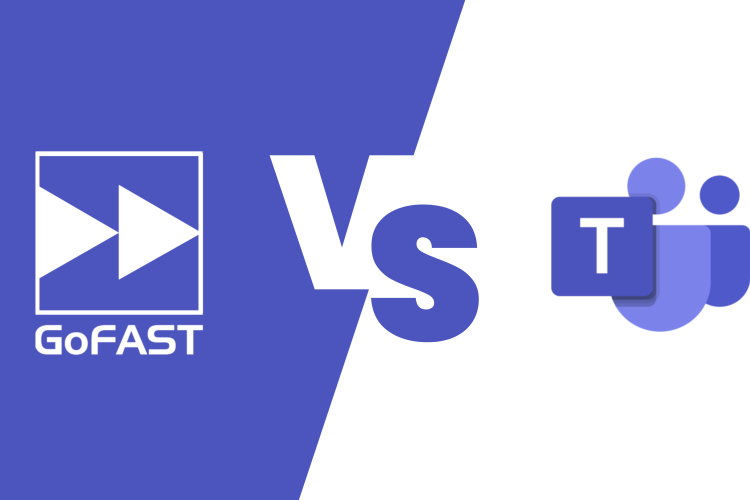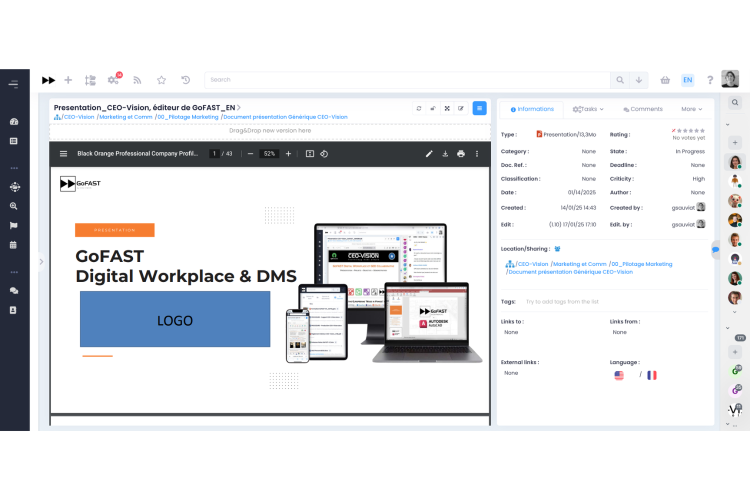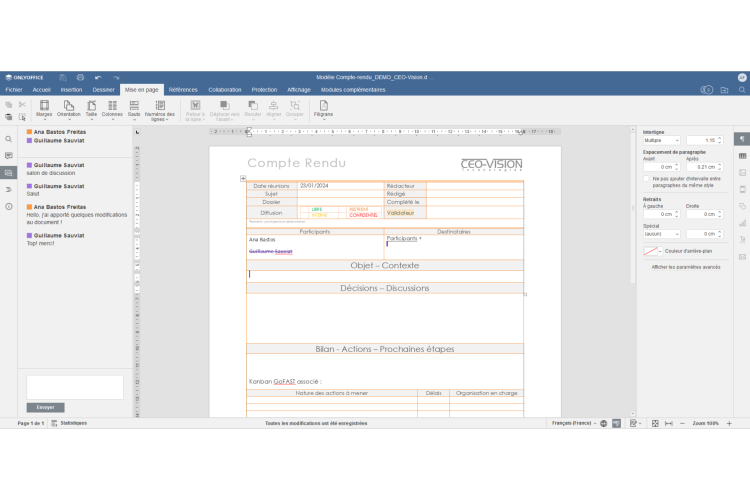Collaboration improves efficiency and quality, and speeds up processes and innovation. Beware, however, of the "collection of applications" that totally disorganizes teamwork.
Collaborative working is often confused with discussion tools, such as Teams or Zoom, or shared folders, at best with an office suite that enables simultaneous co-editing. This is a misguided approach, because effective collaborative working depends on the definition of processes and an overall strategy. It's not just a question of tools!
The aim is to offer business users a clear working context, in a unified environment where documents, exchanges and associated processes are centralized and easy to access.
The more collaborative tools there are, the less collaboration there is! The COVID crisis is a perfect example: many CIOs have multiplied the number of tools, rushing to use Zoom, Teams and other GAFAMs. This has upset our habits and made collaborative working more complex. Users are faced with too many applications next to each other, different logins, too many emails and attachments, files scattered all over the place and processes that are impossible to follow.
This rush has created dangerous, even illegal situations: data stored in clouds that don't comply with regulations, or file servers vulnerable to ransomware. By multiplying applications, we multiply licenses, maintenance contracts, security monitoring and patching, passwords to manage... and, of course, costs.
Collaboration is still all too often synonymous with email attachments and tasks. With hundreds of emails a day and duplicate files, it's time to change habits. Rather than attaching the X.Y.Z version of documents to messages, we need to target a system to "collaborate around documents" throughout their entire lifecycle.
Whether it's co-editing, sharing, business processes, comments, chat, meetings... GoFAST's document-centric concept makes it possible to centralize document management, from a creation from a template to e-signature and pre-archiving, with: zero attachments, zero duplicates, zero version errors, zero forgotten tasks and zero loss of information.
To "federate collaborative work" and gain in productivity, it is necessary to respect certain principles:
- Centralized, secure data: avoid dispersion between a file server, a Cloud, your PC, your e-mail, a chat tool...
- Unified "DMS+Collaborative" work environment: efficiently process documents from draft to e-signature, rather than collecting applications.
- Ergonomic interface, quick to learn and evolving with user feedback.
- Proven, scalable technologies, with the necessary standards for integration into the Information System (with Intranet, ERP, GEC, electronic signature systems, etc.).
- Change management: promoting best practices, structuring cross-functional sharing and processes.




